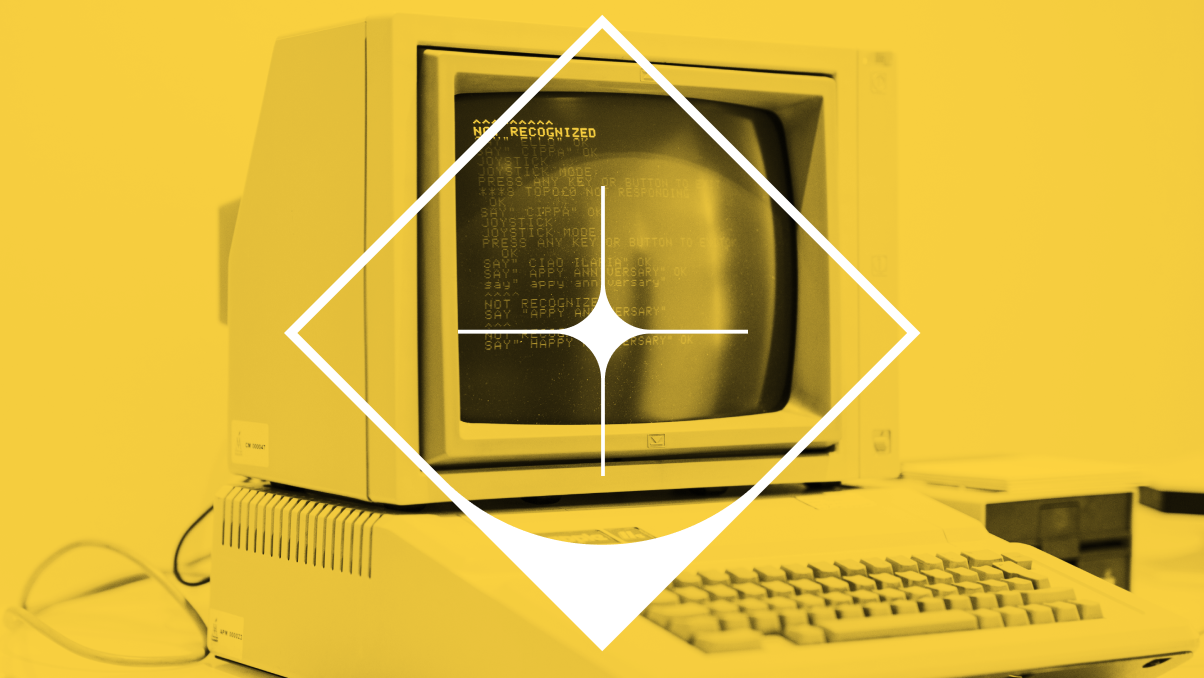AI for Branding: How to Add Scale & Efficiency to Creative Work

The question on every branding creative’s mind: how do we leverage the scale and efficiency of AI without losing our human touch?
The answer lies in owning our strengths.
I’m not a machine, so I will never excel at churning out thousands of iterations of ideas en masse in a matter of minutes. However, as a strong editor and critic, I connect with people and know how to tell a story. Humans have the power of nuance in their insights because of their experiences connecting with others. We are not just the sum total of what’s happened to us but also of our reactions to those events.
While generative AI can look up the facts of how a certain commercial aired on a specific date in the 90s, only you and I can bond over the unspoken nostalgia we feel thinking about it.
Still, there are ways to combine the value AI can bring with our existing skills. We’ve gone over the use of AI in marketing, but let’s consider AI for branding: how does AI fit within a creative flow, and what are its potential limitations?
Data analysis to quickly understand where we fit.
High-touch user testing and audience research can be a valuable part of building a brand. In parallel, big data can help shed light on market share and offer insights on sentiment trends across larger populations. Even when working with a niche brand, being able to understand where this brand fits in for the general public can help set metrics and even uncover latent audiences. The volume of data analysis capably by AI for branding is unparalleled.
Predictive analytics to get ahead of trends.
Predictive analytics is another offshoot of AI’s big data power, which sheds light on trends. Whether it’s a pending shift in sentiment towards positive or negative feelings or even a recurring seasonal trend, predictive analytics can help adjust brand messaging in campaigns and other timely materials. Startups seeking investor capital may find this to be particularly useful since delivering a sharper message than your competitors can be your “in” during a funding round.
Scan the competitive landscape and benchmark.
We’ve already mentioned data insights, but AI can also build a messaging prototype that sums up the competition’s positioning. This helps more quickly zero in on opportunities to differentiate and innovate our brand and offering. Making a detective-meets-intern out of AI for branding efforts and creative processes can help focus efforts and save time.
No writer’s block here: feed the ideas pipeline.
Humans have good days and bad days, but AI can produce whenever prompted. Using generative AI tools, you can request big batches of suggestions to help keep the brainstorming process flowing, even on a slow day. Because AI is impartial and randomized, its suggestions can help move ideas in new directions.
We constantly see new generative AI tools being deployed to help with this issue. If you have a particular application in mind, a quick search should find you the latest specialized tool that gets you there.
Bonus: If you need to develop more variations on a particular message, AI can help you do so more quickly by offering a wide range of options to refine.
Personalization is easier than ever.
Whether you want to offer up a personalized experience of your brand or even test messaging with particular audiences, AI can help your brand get there faster. Quickly generate more options for messaging, but also offer up dynamic responses that are on-brand and hand out these responses to distinct audiences—all through the power of AI.
Of course, AI for branding is not without its challenges. View this list as a checklist you can use whenever you work with AI.
Are you using the right data?
Whenever you use a particular AI system, you have to understand from where it’s sourcing its information, often known as its “training corpus.” For example, Chat GPT-3 used several datasets, including WebText2, which was a crawl of all outbound Reddit links from posts with at least three upvotes. Contrast this with chatbot AI, which scans and pulls from the website it sits on to communicate about specific products and services; it doesn’t need a larger dataset.
Are you using the right prompts to ask for what you need?
Prompt engineering is quickly becoming its own field, and for good reason: the way you phrase your request for AI determines the output you receive. AI could be doing a great job, but you might (unknowingly) be doing a poor job of asking it things.
Would a human say this?
Translators are most familiar with the type of language problem faced with AI. A translation from, say, German to English could be technically correct—using words that mean the right things, strung together using the right rules of grammar—and yet miss the mark on how humans phrase things. Some of the more advanced AI language models try to compensate for this by using phrases if they encounter them often enough in relevant contexts, but this can easily fall flat if the AI miscalculates in any way.
On top of this, AI can miss the nuances of idioms, metaphors, local sayings, and other linguistic flourishes that distinguish good communication. This is why anyone using AI for branding needs to make sure to review anything before going live with it, to make sure it flows naturally, is in your brand voice, and actually says something meaningful.
To sum it all up: as long as you’re aware of its limitations, you should totally experiment with how to leverage AI for branding—or anything else you do, creatively or otherwise. Free yourself from tedium and focus on your strengths.
Curious about our strengths? Want to work with other humans and not just AI? Browse our portfolio of client wins, and let’s see what we can do together.


